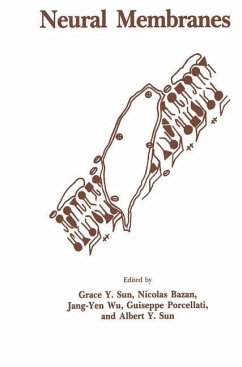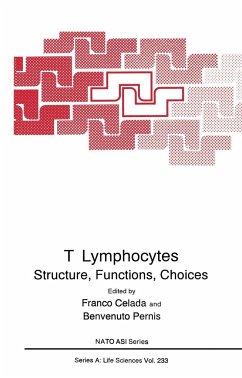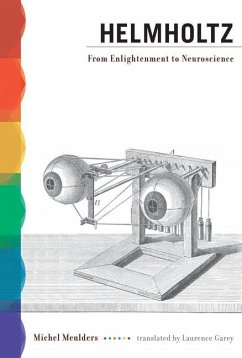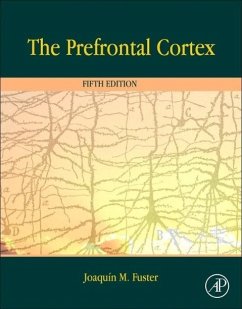
Cortico-Hippocampal Interplay: And the Representation of Contexts in the Brain
Versandkostenfrei!
Nicht lieferbar
When the cerebral cortex represents the outside world, many small portions of information from that world may be inherently ambiguous; but nevertheless, their ambiguity can be resolved if the wider context in which they occur is also specified. It is argued that, using schemes of representation so far envisaged (such as cell assemblies), there are fundamental limitations to the use of contexts to resolve ambiguity, which are set by the limited number of connections each cortical neurone makes with its neighbours. A theory of how the hippocampal theta rhythm can entrain populations of neurones ...
When the cerebral cortex represents the outside world, many small portions of information from that world may be inherently ambiguous; but nevertheless, their ambiguity can be resolved if the wider context in which they occur is also specified. It is argued that, using schemes of representation so far envisaged (such as cell assemblies), there are fundamental limitations to the use of contexts to resolve ambiguity, which are set by the limited number of connections each cortical neurone makes with its neighbours. A theory of how the hippocampal theta rhythm can entrain populations of neurones in the cerebral cortex into resonant neural activity is developed and discussed in relation to connectional neuroanatomy, innate behaviour, learning of new behaviour and neuronal models of the hippocampus. In addition, many aspects of the theta rhythm are discussed, such as sources of control, neuronal sources of generation, effect of lesions, and neuronal models of the hippocampus.












